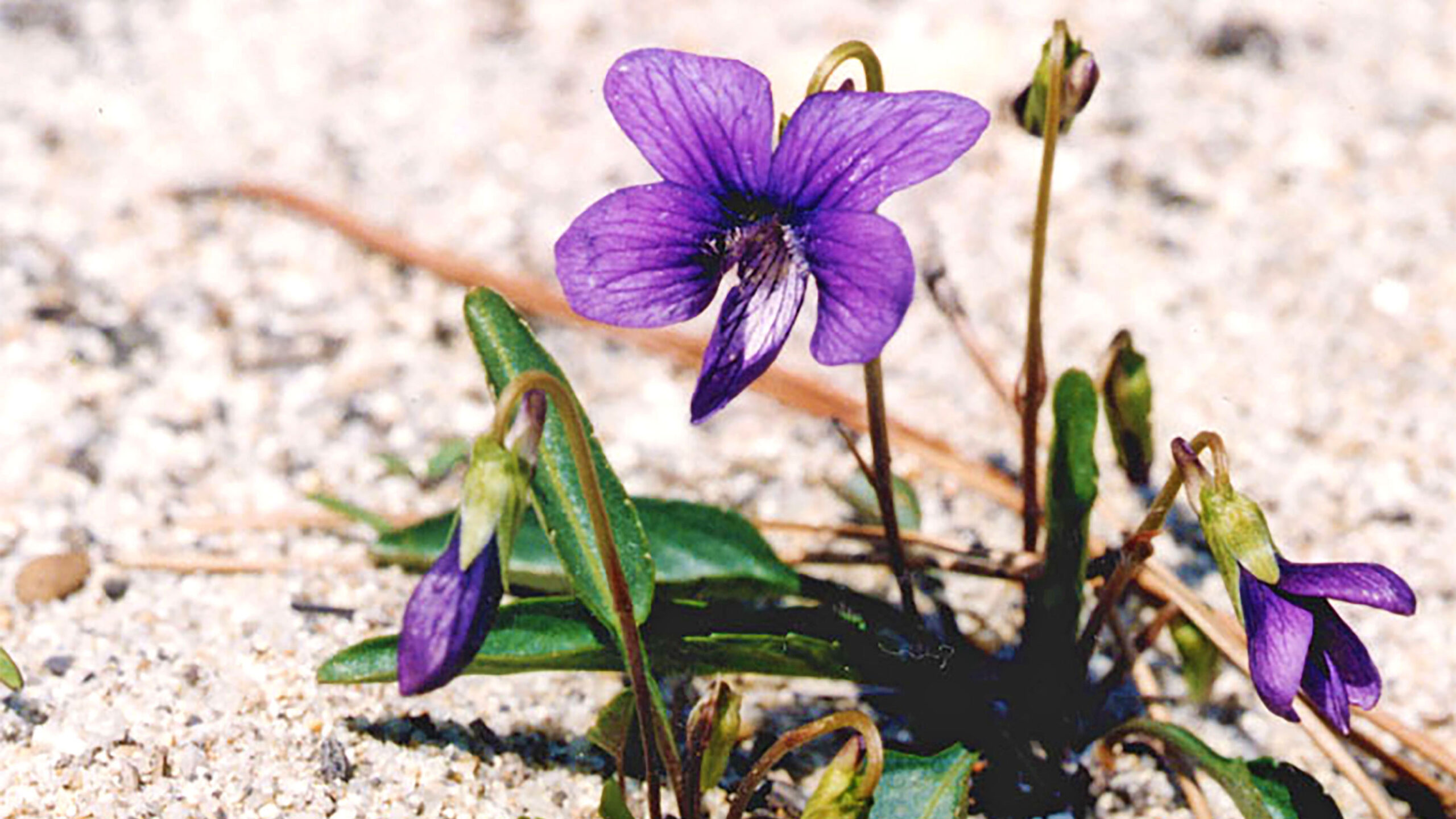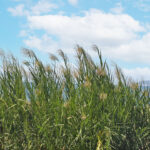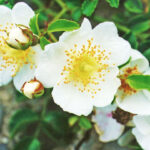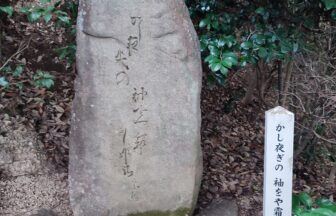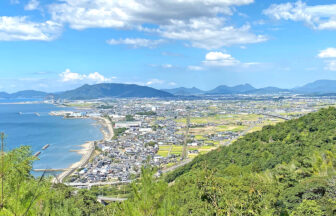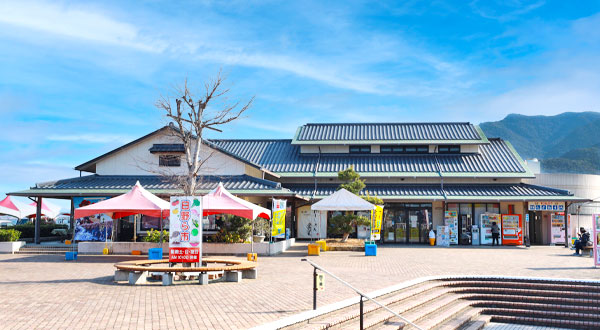Beach plant refers to a plant that blooms on the beach. Ariake Beach is home to many beach plants that change with the seasons. It is good to walk along the beach just looking at them, but it is also recommended to look for them while comparing them with photos. Here we introduce Beach Plants that are scheduled to bloom around spring.
*Some of the listed Beach Plants may not be in bloom due to seasonal changes.
- Raphanus sativus var. hortensis f. raphanistroides
Brassicaceae:Late March to mid-May
It is said to be a wild radish. The roots do not thicken and are tough. The leaves and stems are sparsely covered with stiff hairs.
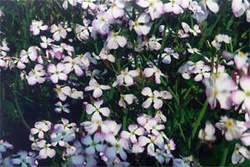
- Carex kobomugi
Cyperaceae:April
Rhizomes long, creeping in sand, woody. The male ear is the one with numerous light brown yaks suspended from it, and the female ear is the one that is yellowish green. Eventually, the ears become wheat-like.
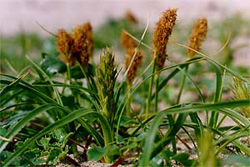
- Viola mandshurica var. triangularis
Violaceae:April to mid-May
A perennial herb that grows in sandy soil and is a coastal variant of the violet. The flower stalks are longer than the leaves and dark purple in color.
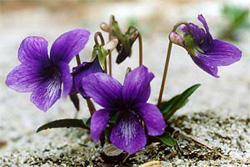
- Carex pumila
Cyperaceae:Apr-May
A perennial herb that grows on beaches throughout Japan. Long underground stems grow in the sand. The upper part of the stem bears male spikelets and the lower part female spikelets.
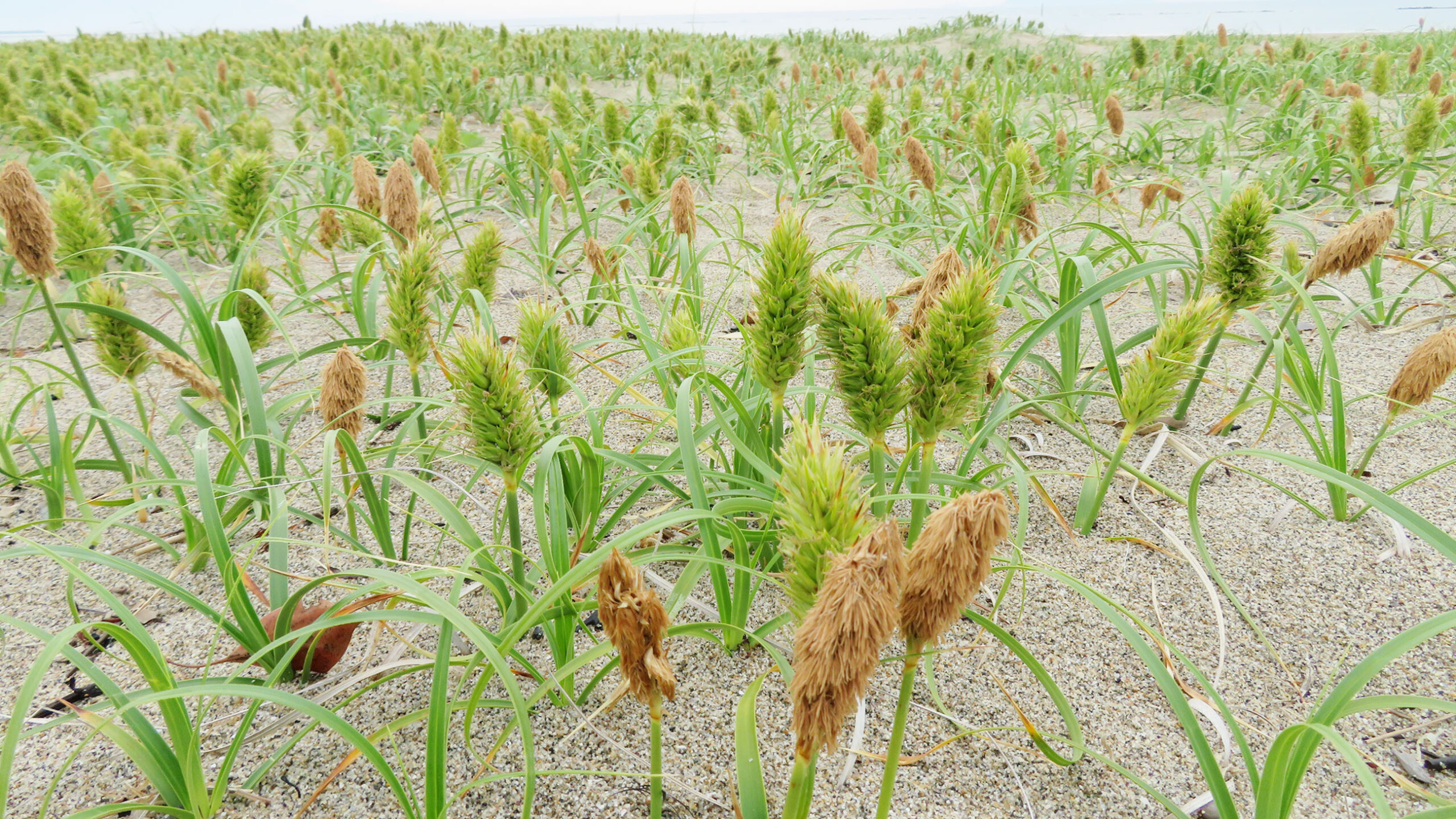
- Lathyrus japonicus
Fabaceae:Apr-May
It has reddish-purple butterfly-shaped flowers. The stems are whitish green and creep along the ground with thin tendrils at the tips, but they do not become entangled in objects. It reproduces by growing long underground stems.
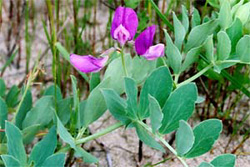
- Silene morii Hayata
Caryophyllaceae:Apr-May
The stems, leaves, and even the gunk are densely covered with short hairs. Flowering occurs from April to May, but can also be seen in the fall depending on the year.
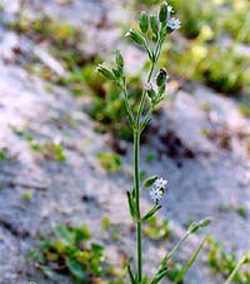
- Orobanche coerulescens
Orobanchaceae:May
Produces numerous light purple flowers. It is a complete parasitic plant without chlorophyll, and its host is a root parasite in the Asteraceae family.
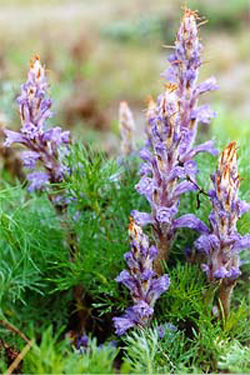
Native habitat of beach plants
| map |
|---|

